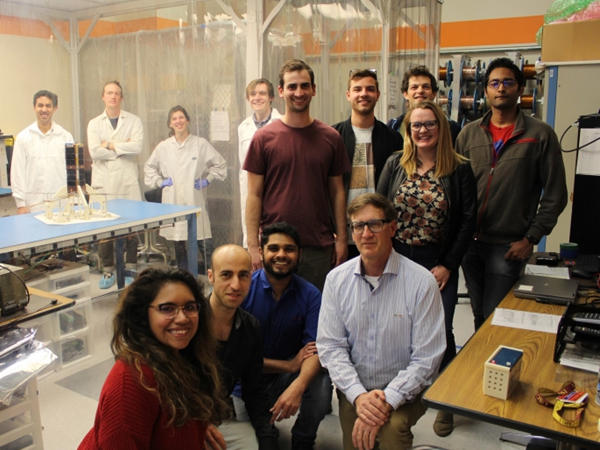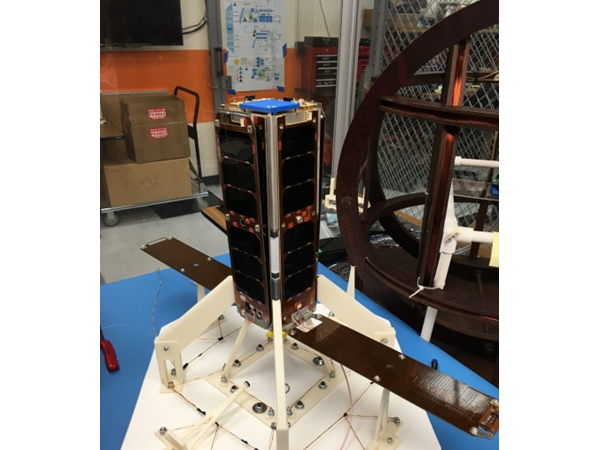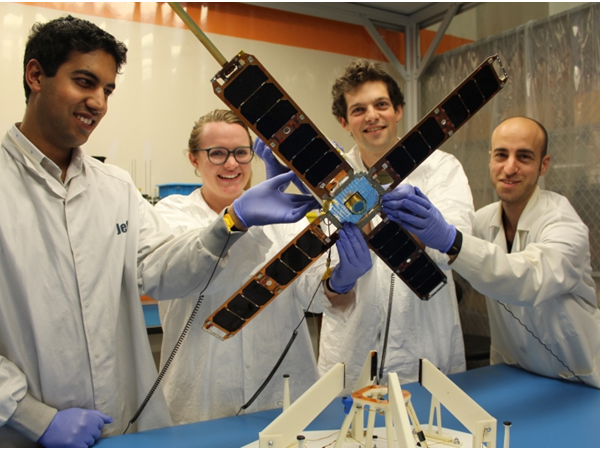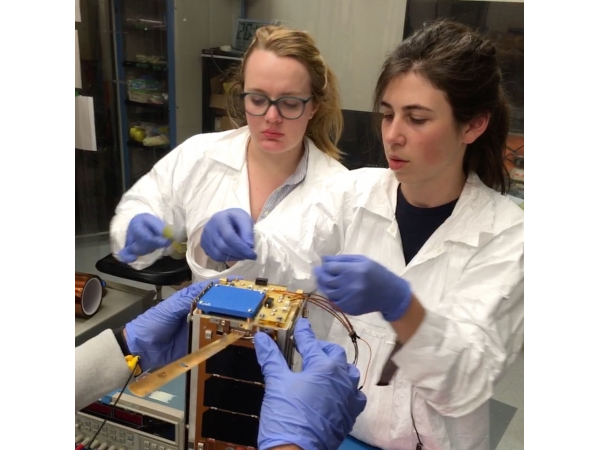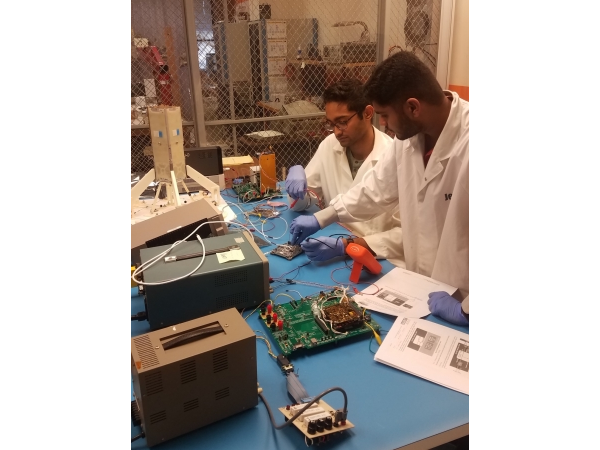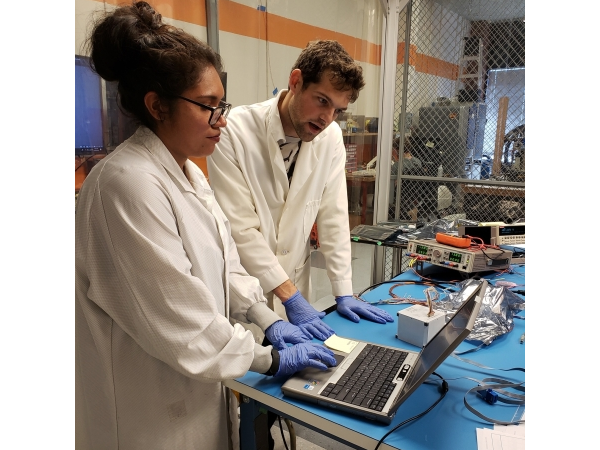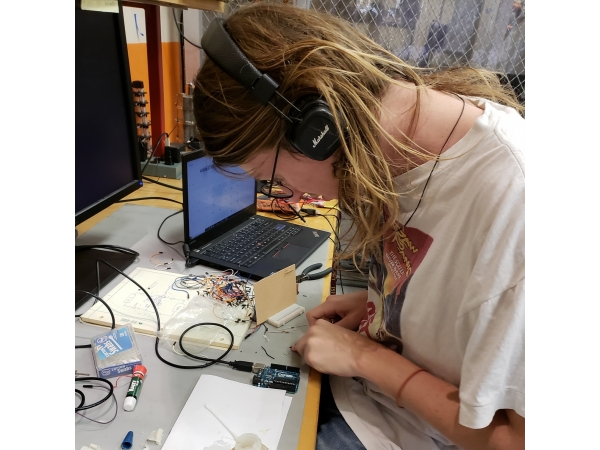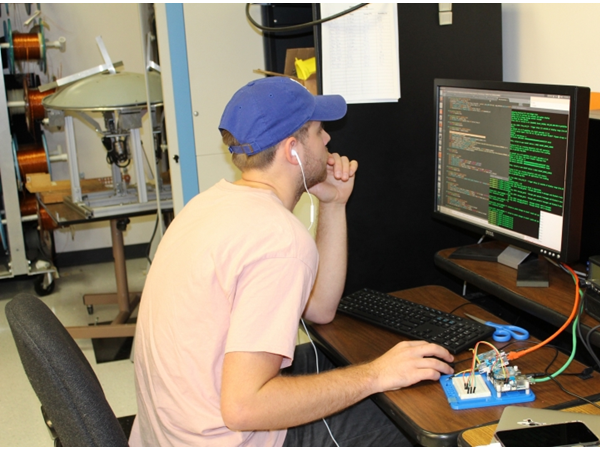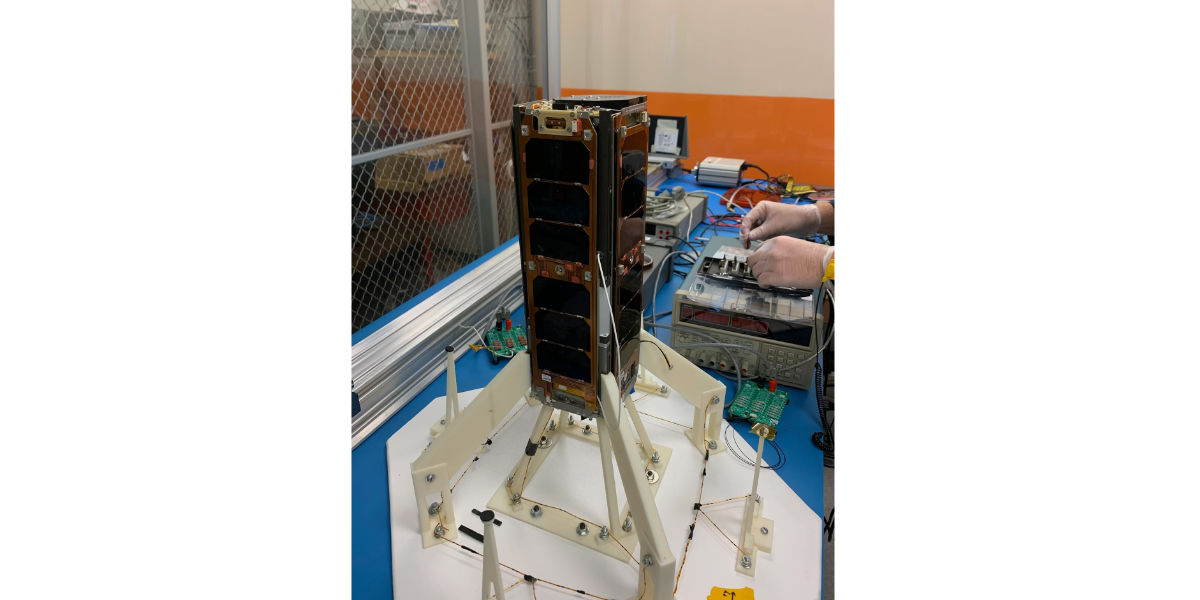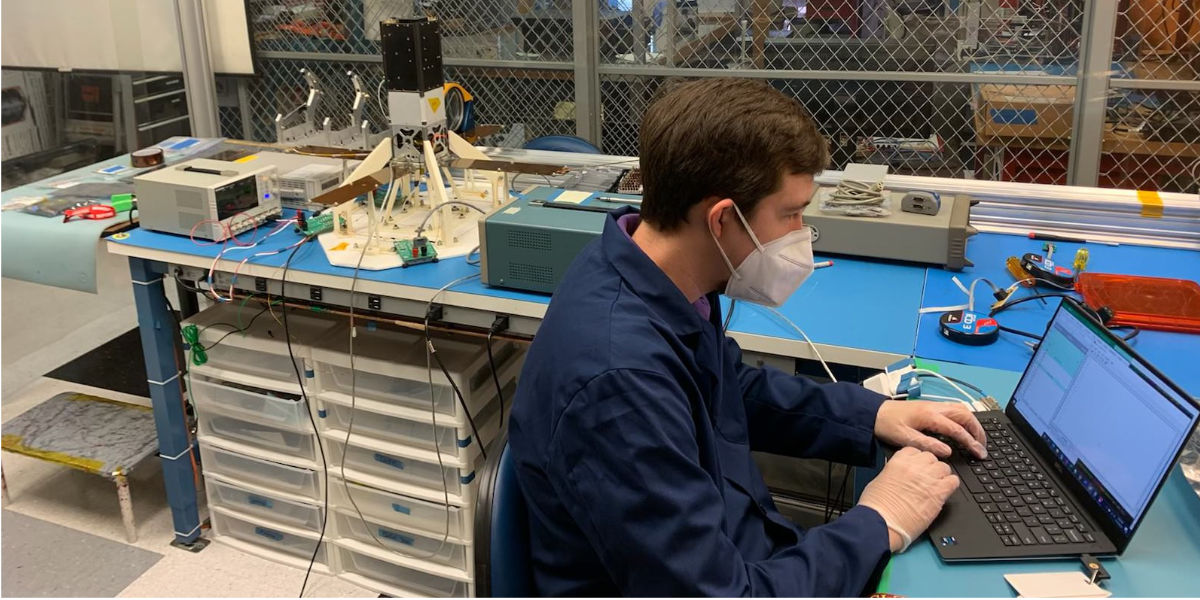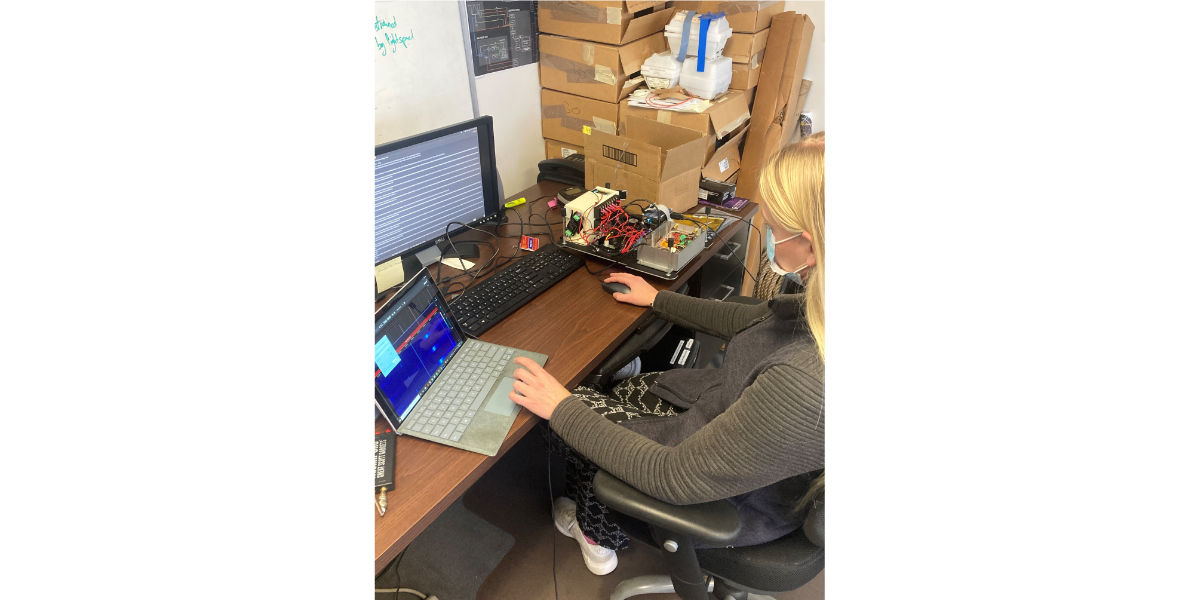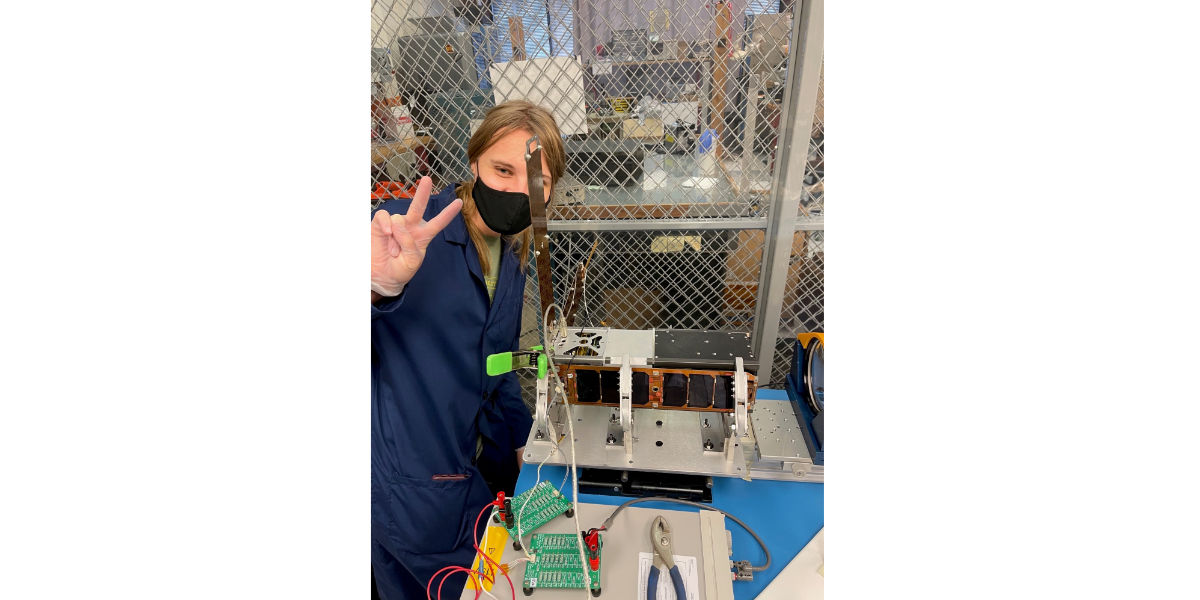DODONA
This is the third nanosatellite project for SERC and USC intended to fly new payloads and demonstrate various control and communications techniques. A new B-Dot control algorithm will be demonstrated for optimal stability control with low power using torque rods, a rotating multi-packetized beacon transmission source to prove backup to the primary communications system, and data store and forward software to be demonstrated for non-consistent ground contacts. The Cubesat bus is a MISC-2 variant, a sister of the Aeneas design and will use the same flower petal configuration for primary solar array power. Some upgrades to this bus versus Aeneas include:
- Upgraded multi-packet beacon signals that rotate through constantly all data parameters during powered portion of orbit.
- New payload electronics card (PEC) that has new power convertors and switches for custom control of the payload bay.
- New transmitter with higher downlink performance.
- Upgraded software for brownout and low power modes.
- New thermal blanket on sun face of satellite for thermal balance of electronic boards.
The bus was completed sans payload in mid-2019. Flight development team photo from left to right, In clean room are Rahul Rughani, Justin Du Plessis, Sophia Bernstein and Denis Healy, Kneeling outside is Lizvette Villafana, Gedi Minster, Piyush Patil, David Barnhart, and standing are Jeremy Allam, Michal Moruzzi, Rebecca Rogers, Kyle Clarke and Sri Narayanan.
2022 Launch Team
After the team buttoned the bus up into 2021 it was purchased by LMCO and resurrected with a new payload. Over the course of the rest of 2021 a new team came in that (finally) got Dodona off the ground, none of whom worked on this particular satellite before and had to learn from past participants to fix the inevitable problems that came up during integration and test. These included: Stephen Hunt, Lead Software Programmer (Post Graduate), Eugene Park, Lead Electronics Engineer (Masters Student), Julia Schatz, Lead Telemetry and Avionics Engineer (Masters Student), Morgan Farrier, Lead GS Engineer (Undergraduate Student), David Guitterrez, Lead Power Engineer (Masters Student), and Jonathan Messer, Lead Orbitologist (Masters Student). This project was an incredible opportunity to provide hands-on training and experience to dozens of students over multiple years, and for that, we are incredibly grateful to have gotten the opportunity to launch it through Lockheed Martin’s sponsorship and guidance. The satellite was finally launched on January 13th to orbit and released on January 24th.
DODONA RF AND ORBIT INFORMATION
LAUNCH and ORBIT:
Rocket: Falcon9
In-Orbit Transport: DOrbit “ION”
Date: Launch January 13th 2022, Deployment on-orbit: ~1-24-2022 0700am UTC
Altitude: 525-540km, Inc. 97.5066
1 51084U 22002DE 22157.43664473 .00004464 00000-0 24077-3 0 9999
2 51084 97.4871 224.8901 0008829 100.1503 260.0725 15.15245583 21766
RADIO BEACON:
Output Power: 1 Watt
Antenna: Monopole
TELEMETRY:
Call Sign: WS9XSW
Modulation: GFSK
Frequency: 401.5MHz
Baud Rate: 19200 baud
Bandwith: 20kHz
Modulation Index: 2/3
Format: AX.25
Normal Frequency of Transmission: 60 second downlink every 10 minutes, continuous
E-mail to send notification of receipt of any signals, DODONA Satellite [email protected]
